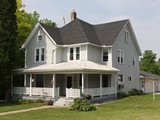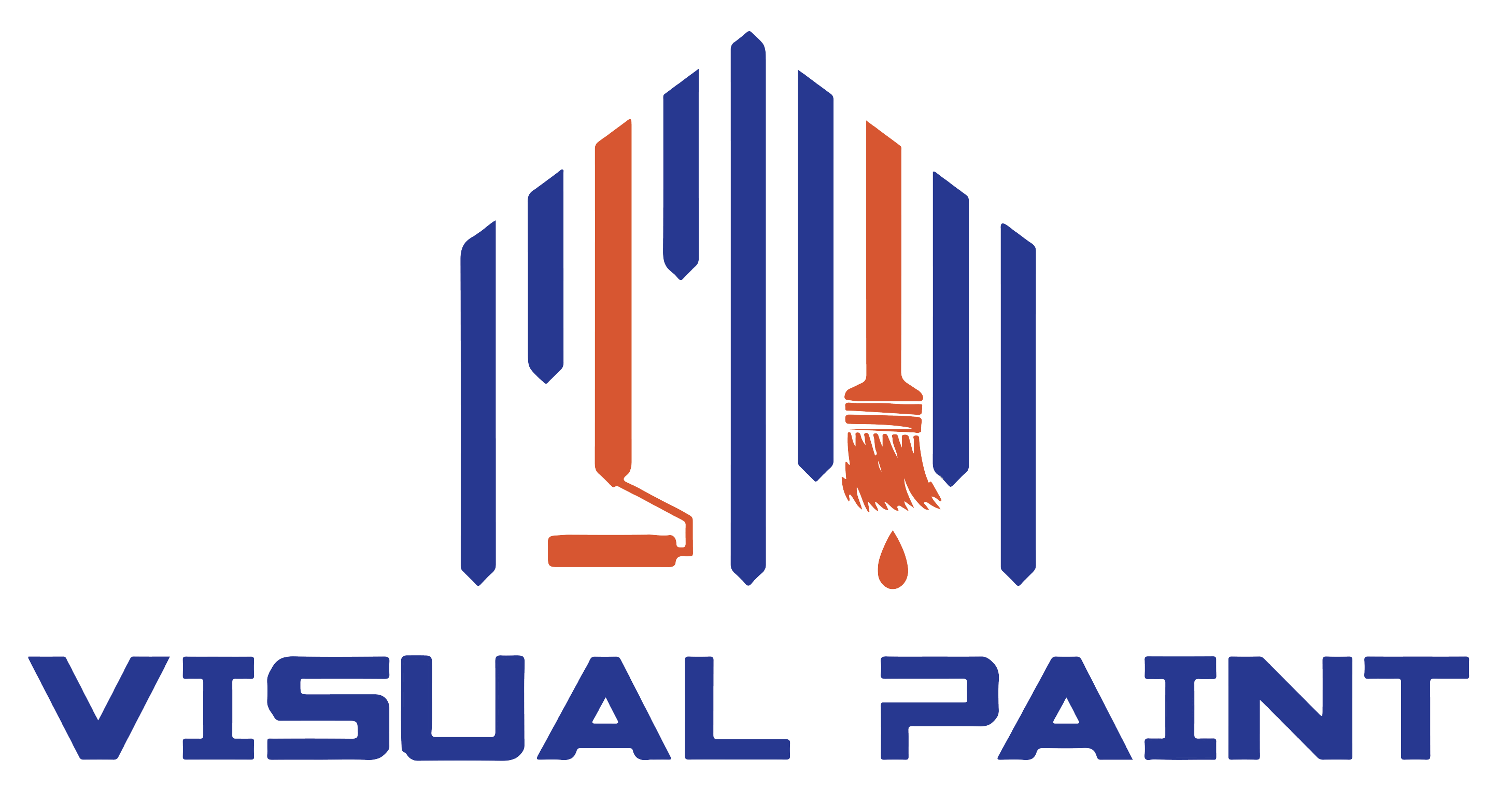How to Safely Paint a Two-Story or Multi-Level Home Exterior

Painting the exterior of your home can be a rewarding upgrade—new paint adds instant curb appeal and helps protect your home from the elements. But if your home is two stories or taller, this project becomes a lot more complex. Height brings safety risks, tricky rooflines, and equipment challenges that most homeowners aren’t prepared for.
If you’re thinking about tackling a multi-level exterior paint job yourself, it’s important to understand the risks involved and when it’s better to bring in a professional crew.
In this article, we’ll break down the dangers of high-level painting, explain when scaffolding is necessary, and share why hiring a professional painting company like Visual Paint is a smart investment for taller homes.
Why Painting a Two-Story Home Is Different
Painting a single-story home is already a big task—but throw in a second story (or more), and you’re dealing with a whole new level of planning, labor, and safety concerns.
Here’s why:
- More surface area: Taller homes often have more square footage to cover, which means more time and more materials.
- Challenging access: Second-story windows, eaves, and trim can be difficult to reach with just a ladder.
- Increased risk: The higher you go, the more dangerous it gets. Painting from a ladder 20+ feet off the ground requires steady footing, safety gear, and a lot of experience.
- Obstacles around the house: Trees, sloped ground, landscaping features, and even utility lines can make setup and access even harder.
It’s not impossible to DIY a tall house—but it’s a lot more complicated than painting a single-story ranch.
The Dangers of Ladders and Rooflines
A major hazard in painting multi-level homes is using ladders incorrectly—or relying on them for jobs that call for more stable support. Even with the right ladder, the risks can’t be ignored.
- Falls are common: According to the CDC, ladders are involved in thousands of injuries each year. Many of these happen during home improvement projects.
- Wind and uneven ground are risky: A gust of wind or a soft patch of grass can throw off your balance or shift a ladder just enough to cause a fall.
- Rooflines are awkward and dangerous: Painting under eaves, around gables, or near sloped roofs puts you in tight spots where it’s easy to overreach or lose footing.
- Fatigue increases risk: The longer you’re up and down a ladder, the more tired you get—which makes accidents more likely.
The truth is, working at height is something professionals are trained to do. It’s not worth risking your safety to save a few bucks.
When Scaffolding or Special Equipment Is Required
In some cases, ladders aren’t just dangerous—they’re impractical.
Taller homes, homes on a slope, or homes with complex architecture often require scaffolding or aerial lifts to reach high areas safely and efficiently. Here’s why:
- Scaffolding provides stability: It offers a flat platform to stand on and allows painters to work longer without the fatigue of climbing up and down a ladder.
- Safer movement and better control: Painters can maneuver around corners, dormers, and tall walls more easily when they’re on a secure platform.
- Professional-grade equipment is expensive and complex: Most homeowners don’t have access to scaffolding or lifts, and even if they rent them, they may not know how to assemble or operate them safely.
If your home requires this kind of setup, it’s best to call in a painting crew with the right equipment and experience.
Why Hiring a Professional Painter Makes Sense
Sure, you could attempt to paint your own tall home—but here’s why it’s often a better idea to hire professionals like the team at Visual Paint:
- We’re trained for this work: Our crews know how to safely navigate ladders, scaffolding, and high work areas. We’re licensed and insured for peace of mind.
- We have the right gear: From lifts and safety harnesses to commercial-grade sprayers and prep tools, we come fully prepared.
- We know the techniques: Painting high-up trim, siding, soffits, and dormers requires a steady hand and the right approach to avoid drips, streaks, or missed spots.
- We get it done faster: What might take a homeowner two full weekends (or more) can often be done by pros in just a few days—with better results.
Most importantly, we keep you off the ladder and out of harm’s way.
What Homeowners Can Do Themselves (and What to Avoid)
You don’t have to sit the whole project out. There are a few things homeowners can do to prepare the home before painting begins:
- Clear the area: Move patio furniture, planters, and anything else close to the exterior walls.
- Trim back landscaping: Shrubs and trees that touch the house should be trimmed to give painters clear access.
- Power wash the siding (if you’re comfortable): A clean surface helps paint adhere better. Just be careful—this job has its own risks and should be done with proper technique.
But when it comes to anything above the first story—especially working on ladders or attempting to paint over a roofline—it's safest to let professionals handle it.
Keep Safety First and Let the Pros Handle the Height
Painting a multi-level home is more than just a bigger version of a standard paint job. It requires planning, training, and equipment that most homeowners simply don’t have. More importantly, it involves real safety risks that shouldn’t be taken lightly.
At Visual Paint, we take pride in helping homeowners refresh their exteriors without putting themselves in danger. Our experienced crew knows how to handle the height—and we make sure your home looks amazing from top to bottom.
Ready to give your home a fresh new look—safely? Contact Visual Paint today for a free quote on your exterior painting project. Let our trained team handle the heights while you enjoy the results!
